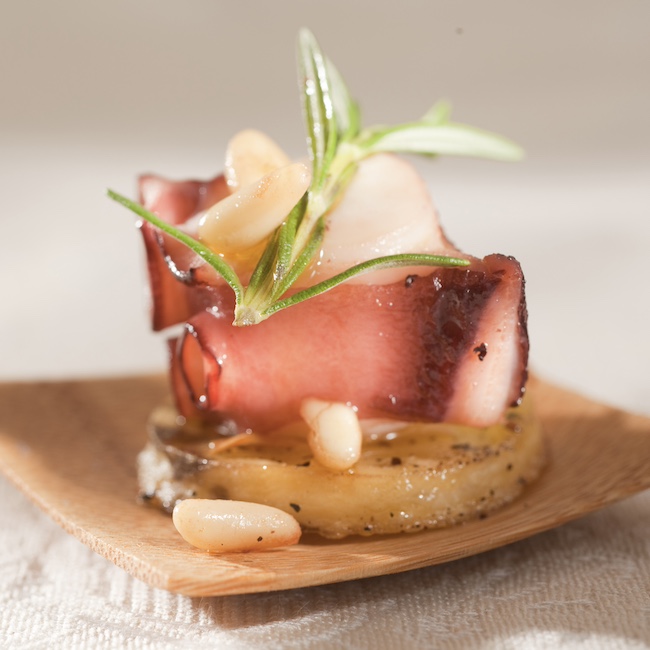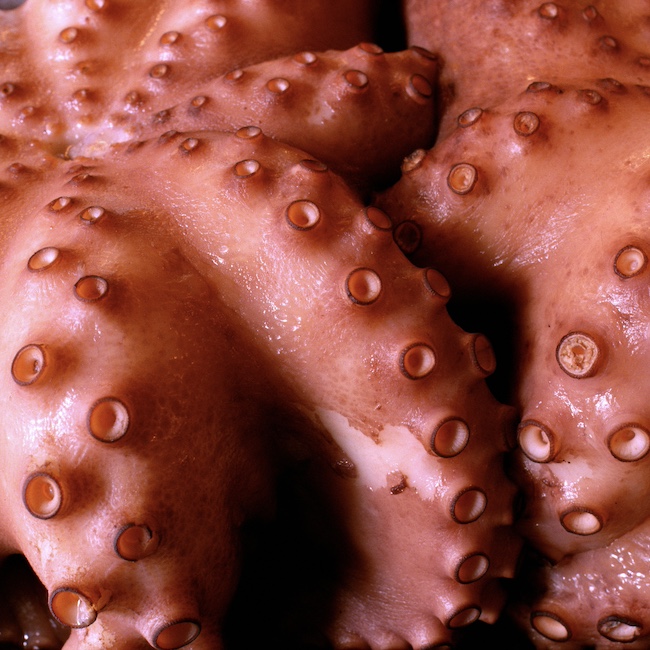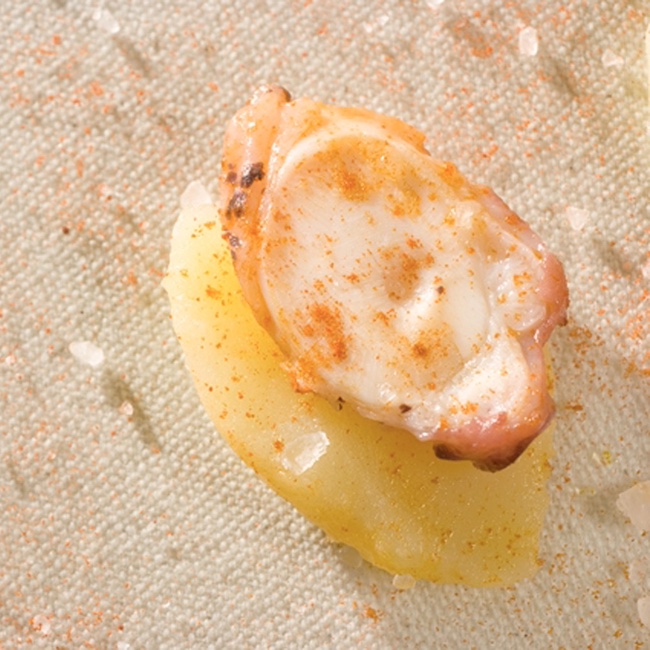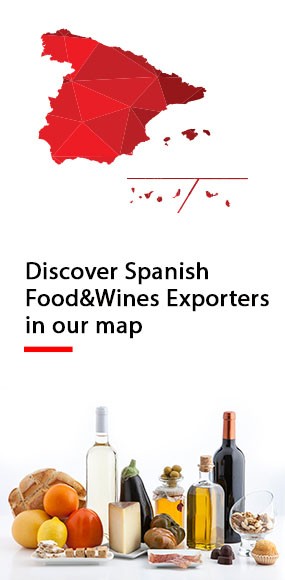.png.transform/rendition-xs/image_image%20(1).png)
Pulpo: Galicia’s Iconic Atlantic Delicacy
Firm in texture, rich in flavor, and deeply rooted in local tradition, pulpo is one of Galicia’s most emblematic foods. Its unique qualities have earned it recognition across borders, while its presence continues to shape culinary identity and regional pride
In Galicia, on Spain’s wild northwestern coast, pulpo is more than a dish—it’s a cultural emblem. Whether served in village festivals or fine dining restaurants, this Atlantic octopus holds a special place on Galician tables and in local identity. Its reputation has grown far beyond Spain, drawing food lovers to its simple, time-honored preparations.
What Sets Galician Pulpo Apart
The species most commonly found in Galicia is the Octopus vulgaris, or common octopus. But in these waters, “common” hardly applies. The region’s cold, oxygen-rich Atlantic currents and rocky seabeds provide the perfect environment for the octopus to thrive—and to develop the qualities that make it so prized in the kitchen.
Galician pulpo is known for its firm, meaty texture and delicate flavor. These traits are directly linked to its natural habitat, where the octopus must constantly move through crevices, hunt for prey, and adapt to dynamic conditions. As a result, its muscles are well-developed, yielding a satisfying bite and superb performance in traditional cooking methods.
This cephalopod feeds primarily on shellfish—crabs, clams, mussels—as well as small fish. It uses its powerful tentacles and beak-like mouth to pry open shells and capture prey. Its diet, rich in marine protein, contributes to the quality of its meat, which is often described as subtly sweet and intensely savory. It typically inhabits coastal depths of 5 to 40 meters, where it blends into the rocks and sands, camouflaging itself from predators and humans alike.

Pulpo a la Gallega, an Emblem Not Only in Galicia but in All Spain
Pulpo remains central to Galician cuisine, with the most iconic preparation being pulpo a la gallega (or pulpo a feira), served at fairs, family meals, and restaurants across the region. Traditionally cooked in large copper pots, the octopus is cut into thick slices, placed on wooden plates, and seasoned simply with olive oil, coarse sea salt, and smoked pimentón. If we want to bring out the product's fullest expression, we can use EVOO, Spanish fleur de sel, and Pimentón de la Vera PDO or Pimentón de Murcia PDO, for example."
The result is a dish that is rustic yet elegant, showcasing the quality of the ingredient rather than the complexity of technique.
Other popular recipes include pulpo a la brasa (grilled octopus, often finished with a smoky crust), or pulpo con cachelos, where the the base is the same as in pulpo a feira, but is served with boiled potatoes, sometimes with a light broth.
There are also contemporary versions, such as octopus carpaccio, ceviche, or pulpo paired with creamy potato emulsions, are also gaining popularity in Spanish cuisine.
In fact, pulpo has become a symbol not only in Galicia but throughout Spain. On the tapas menus of restaurants in cities like Barcelona, Madrid, or Valencia, you can find the 'a feira' version, grilled, and many other preparations. In fact, there are areas such as the Mediterranean where octopus is also traditionally prepared (although it's less popular on a national level). For example, in Murcia, it's common to find octopus baked in the oven, while in Alicante, it is dried as if it were a ham.

From the Sea to the Tin: A Gourmet Tradition
To ensure year-round enjoyment and reduce reliance on fresh catch availability, Galician companies have developed a renowned conservas (preserved seafood) industry, with pulpo at its heart.
Brands such as Sotavento, that packs Galician pulpo from Porto do Son (A Coruña, Galicia), fed on crustaceans, mollusks, and fish, is slowly cooked in extra virgin olive oil and garlic, and prepared by hand. Other standout names include Paco Lafuente and A Conserveira, both combining tradition with innovation in packaging and flavor.
These canned versions retain the essence of fresh pulpo, allowing global consumers to experience Galician flavors while supporting a more sustainable model for the seafood industry. In the case of Sotavento, they work with the brand Pulpo de Lonja, which guarantees that the raw material is of local origin, just like in the case of Paco Lafuente. Meanwhile, at A Conserveira, the pulpo not also comes from the Galician rías (estuaries) but is caught using traditional and selective fishing methods, specifically with traps (nasas).
In addition to the canned version, another way to enjoy this product abroad is vacuum-packed. Companies like Frigoríficos Arcos or A Pulpier sell pre-cooked octopus tentacles, so all you have to do is heat them up to enjoy. Add a drizzle of Spanish EVOO, some Pimentón, and a pinch of salt—and you've got yourself a guaranteed flavor party!"

A Restaurant Favorite
The relevance of pulpo as a Spanish emblem is evident in many of the restaurants recognized with the Restaurants from Spain seal, which highlights those offering quality Spanish cuisine. At Restaurante Las Mañas (Antwerp, Belgium), they serve pulpo a feira, which is also featured on the menu at other establishments like La Taberna de Pedro (Rome, Italy) and Ángel (Panama City, Panama).
Different versions can be found at Altuna (Guatemala City, Guatemala), where the pulpo is prepared a la cazuela (stewed), or at El Mercat (The Hague, Netherlands), where it is grilled.
As demand for pulpo grows around the world, Galicia remains the benchmark of quality. Its unique combination of environment, culinary heritage, and artisanal skill continues to elevate this cephalopod from simple seafood to cultural ambassador.
Whether enjoyed in a bustling coastal pulpería or savored from a delicately labeled tin thousands of kilometers away, pulpo tells a story of sea, identity, and craftsmanship—one that Galicia proudly shares with the world.

